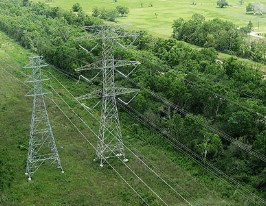
High-Tension Powerline Routes
Many sightings occur along powerline routes. These mowed cuts extend for many miles in straight lines. Even across open pasturelands there is often a strip of trees on one or both sides that serves to cloak their unaesthetic appearance.
Sasquatches will move along these strips of trees. They will only be spotted by humans on rare occasions in the wee hour of the morning where the powerline routes cross desolate rural roads.
It is practically impossible to get lost or become disoriented when hiking along powerline routes because the towers and wires are so visible from a distance, even in the dark. If the tree cover is too thick to see them then you can still hear them because they buzz.
Deer herds follow these routes also. |

Abandoned Railroad Beds
In northeast Ohio there are several overgrown abandoned railroads (and bridges and tunnels) that extend for many miles. Only a few have been converted to hike/bike trails.
It is much easier to follow an abandoned railroad bed in the dark than a typical game trail. Even in swamps, old railroads are usually set on gravel mounds a few feet above the ground, and they are straight paths or only gently curving. The paths make only gentle inclines or declines, and the gravel base prevens footprints unless there is snow on the ground.
Sasquatches try to avoid leaving obvious footprints on the trails they use but they can't avoid leaving tracks in snow. Abandonned railroad beds in known sighting areas are THE BEST places to look for real sasquatch tracks in snowy months.
|
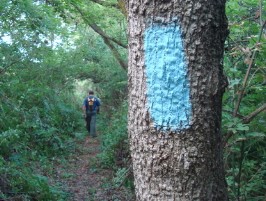
The Buckeye Trail
For many years sightings, tracks and sounds have been heard near the Pacific Crest Trail, the Continental Divide Trail, the Appalachian Trail, and parts of the Buckeye Trail in Ohio.
Sasquatches have undoubtedly observed and shadowed backpackers along these trails in the past. They are smart enough to notice that some hiking trails go through the richest forests in the states they cross. Those major hiking trails also avoid civilization as much as possible.
Footprints are rarely found right on popular hiking trails. Footprints are more often found on nearby "stalking trails" -- trails that run parallel to a primary trail, usually 100 feet or so distant from the primary trail.
On rare occasions when a footprint is found right on a popular hiking trail the footprint is always *crossing* the trail rather than walking along the trail like a human. |




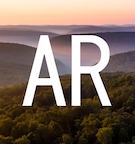

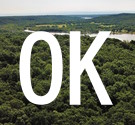

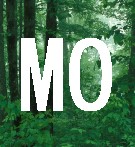















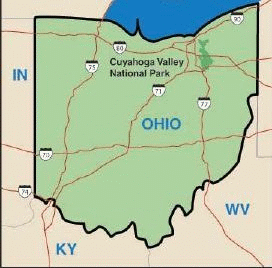
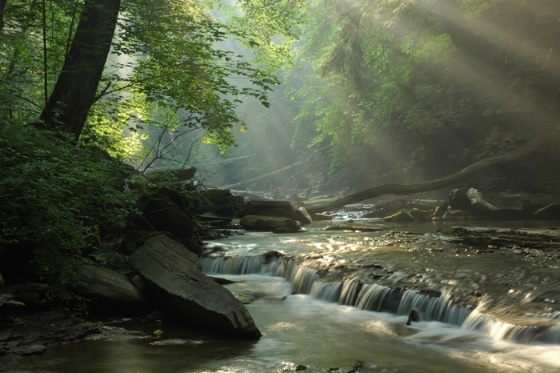


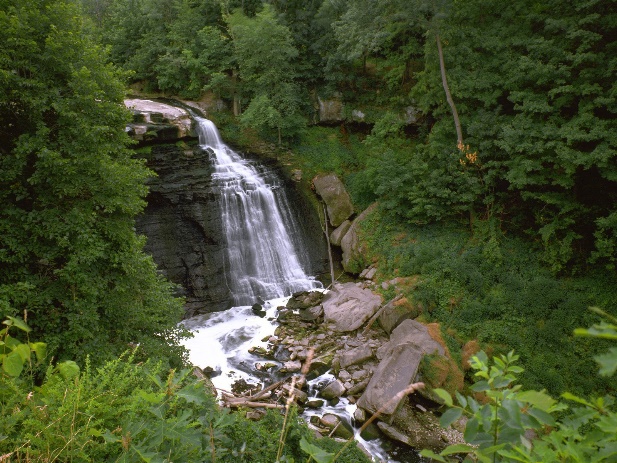


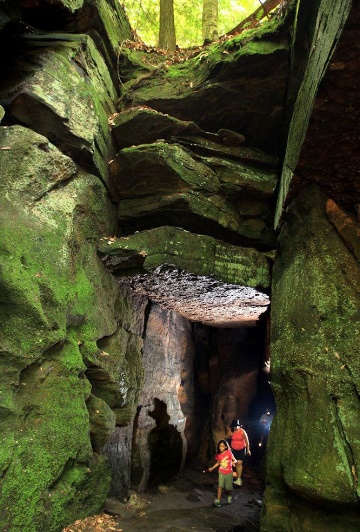
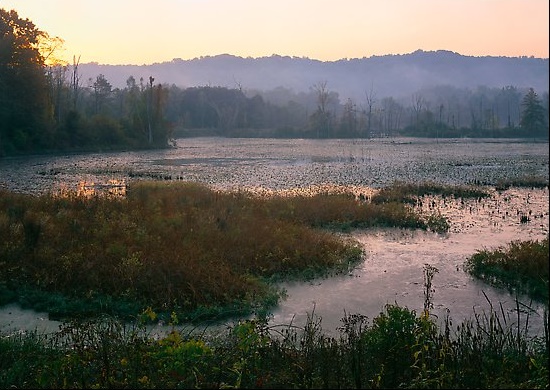
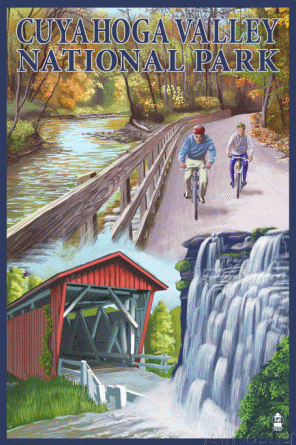
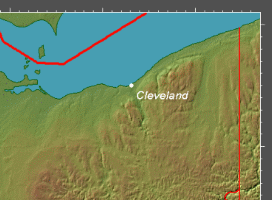



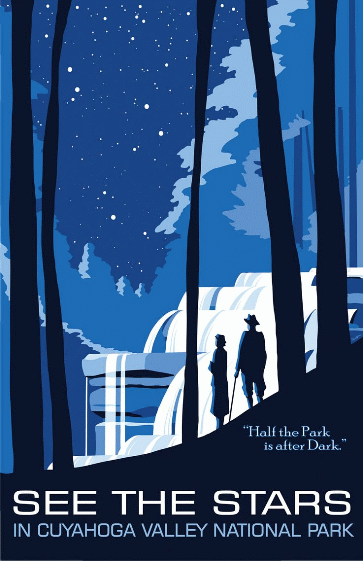 ||
||